#Tatpurusha
Text
Nova Iuncta Verba Latina / New Latin Compounds
διώξιρις -ιδος / dioxiris -idis “chasing rainbows”
[διώκειν “to chase” + ἶρις “rainbow”]
[διωκ- + ἰριδ-] stems
[διωκσι- + ἰριδ-] with Connecting Combination σι (cf. σωσίπολις)
[διωξι- + ἰριδ-] κσ becomes ξ
[διωξ- + ἰριδ-] ι disappears before ἰ
[διωξιριδ-] new stem
[διώξιρις] nominative singular
[dioxiris] διώξιρις Latinized
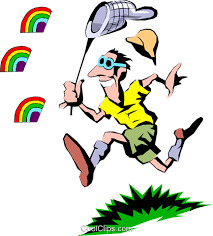
(Fons Imaginis.)
#Latin Word Formation#New Latin Compounds#chasing rainbows#chase rainbows#latin#latin language#latin translation#lingua latina#latin fandom#latin meme#latin memes#meme#memes#Word Formation#Tatpurusha
4 notes
·
View notes
Text
ASIAN MYTHOLOGY
-Hindu Mythology-
Here is a piece of the larger framework of Asian mythology located in India
हिंदूपौराणिक कथा will refer to the mythological framework of people in INDIA near the INDUS VALLEY that has been upheld for nearly FOUR MILLENNIA. Creation is accredited to Brahma; the creator of everything. He will, nonetheless, emerge from a GOLDEN EGG. Its pantheon, including him, will center around the TRINITY OF GODS that will include BRAHMA, VISHNU, AND SHIVA. There are other deities that exclude THE TRINITY that will represent GOD in another form known as an AVATAR. From this, the mythology made in their image was given to account for the CUSTOMS of the people of India.
THE GODS OF THE TRINITY
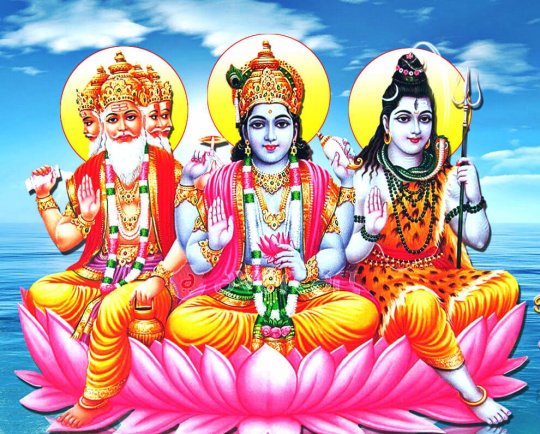
■LORD BRAHMA is the creator
■LORD VISHNU is the God tasked with the preservation of creation
■LORD SHIVA is the destroyer
------------------------------------------
[2]
THE AVATAR OF BRAHMA
1st AVATAR
■Valmiki -> वाल्मिकि
2nd AVATAR
■Kashyapa -> कश्यप
3rd AVATAR
■Shukra -> शुक्र
4th AVATAR
■Bachesa -> बचेसा
5th AVATAR
■Vyasa -> व्यासः
6th AVATAR
■Khata -> खटा
7th AVATAR
■Kalidasa -> कालिदासः
THE AVATAR OF VISHNU ARE CALLED -> Dasavatara
1st AVATAR
■Matsya -> मत्स्य
Vishnu took the form of Matsya to rescue the first man, as well as any other creature of the earth, from a global disaster. He accomplished this by having forewarned mankind about the coming flood, and he ordered him to gather up all of the grain and to preserve any creature in a great boat.
2nd AVATAR
■Kurma -> कूर्म
Vishnu took the form of Kurma to churn the ocean in order to reach any treasure dissolved in the ocean of milk. He placed it on his back for support, which gave him the leverage needed to stir that great volume.
3rd AVATAR
■Varaha -> वराह
Varaha raised the earth from the bottom of the sea after Hiranyaksha dragged it there; it only took a millennia to do that, but he did it.
4th AVATAR
■Narasimha -> नरसिंह
Hiranyakashipiu obtained a special blessing from Brahma that he could not be killed or harmed by any means. That made him arrogance. As a result, he began causing trouble both in heaven and on earth. Prahlada, however, was devoted to Vishnu. Angered by that, he challenged his son to fight him. Narasimha emerged. And then, he slayed Hiranyakashipiu.
5th AVATAR
■Vamana -> मातरः
6th AVATAR
■Parashurama -> परशुरामः
7th AVATAR
■Rama -> रामः
8th AVATAR
■Krishna -> कृष्ण
9th AVATAR
■Buddha -> बुद्धः
10th AVATAR
■Kalki -> कल्कि
THE AVATAR OF SHIVA
1st AVATAR
■Tatpurusha -> तत्पुरुषः
2nd AVATAR
■Namadeva -> नामदेव
3rd AVATAR
■Aghoresh -> अघोरेश
4th AVATAR
■Sadhojat -> वनस्पति
5th AVATAR
■Ishan -> ईशान
------------------------------------------
LINEAGE OF SHIVA
Lord Shiva with Devi Sati

Lord Shiva and Devi Parvati
■Kartikeya
His first son
■Ganesha
His second son
■Ashoka
His daughter
2 notes
·
View notes
Text
"Purusha." From the Rudraksha Jabala Upanishad, the Exploration of the Mysteries of the Metronome.
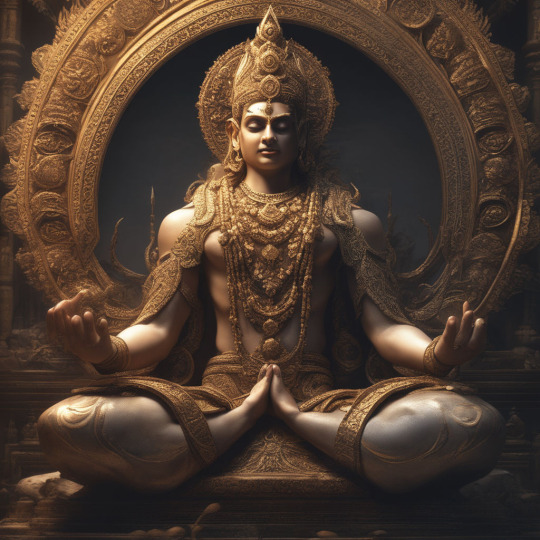
The devotee, when wearing Rudrakshas on the head, should repeat his Ishta Mantra (to his personal deity), and when wearing them round the neck, should repeat the Tat-Purusha Mantra and when wearing round the throat, should repeat the Aghora Mantra.
The Tatpurusha Gayatri Mantra is offered to Murugan, the god of War and Justice, who is also called Kartik and Krishna,
Om Tatpurushaya vidmahe Mahadevaya Dhimahi
Tanno Rudra prchodayat
“Homage to the spark of life, the greatest God, the most learned, the destroyer of ignorance and suffering, please hear our prayers.”
The same Mantra (Aghora) should be recited when wearing round the chest also. He should wear them round the arms with the Aghora Bija Mantra:
oṃ aghorebhyo'tha ghorebhyo ghora ghora tarebhyaḥ
sarvebhyas sarva sarvebhyo namaste'stu rudra rūpebhyaḥ
“My salutations to those who are not terrible, to those who are terrible, and to those who are both terrible and not terrible.”
While the days are never the same, the Self is always the Self. Once the sperm meets the egg in any creature, that One Self, called Purusha by the Upanishad merges them together and life begins and keeps beginning over and over. May we pay homage to all life in homage of Him.
0 notes
Video
youtube
🔴LIVE SPH DARSHAN: KAILASA's Karthigai Deepam Celebrations || 25th Nov 2023.
Bharani Deepam, a Great Flame is lit inside the Arunachaleshwara temple at 4’o o'clock in the morning. After invoking Paramshiva in the earthen lamps with all of his anga and avarana devatas, the Paramashiva-Jyoti, the Lamp of the Supreme Consciousness is lit from the sacred fire of Shiva Agni. From This lamp, 5 Lamps are lit before Arunachaleshwara Paramashiva invoking the divine presence of Paramashiva's 5 faces, Ishana, Tatpurusha, Aghora, Vamadeva, and Sadyojata,. From there the lamps are lit for Paramashivshakti and then all of the deities residing around the Arunachaleshwara Shrine.
The temple bells start clanging and the musicians beat on their drums. The temple walls resound with loud cries of devotion and the chanting of powerful Veda Mantras. This morning festival is Bharani Deepam, which happens under the nakshatra of Bharani. To all the Parivara Devatas, and Avarana Devatas, lamps are lit and maintained throughout the day.
In the evening the Maha Deepam festival happens when the lamps again return to a large lamp lit in the Temple of Arunachaleshwara.
Simultaneously upon the hill of Arunachala, a large lamp is lit and maintained for 11 days after the Karthigai Deepam Festival.
The significance of the Karthigai Deepam Festival is that the universal Paramashiva manifests the whole cosmos in the morning. In the evening He manifests and shines as the Tejolinga as the large lamps, and the Maha Deepam is lit on the Arunachala Hill, into whom the whole cosmos will unite into oneness. This festival is a celebration of Paramashiva creating the cosmos from Himself through the Bharani Deepam, and finally, the ultimate oneness with Paramashiva that He showers upon the whole cosmos.
#nithyananda #KAILASA #divinegrace #cosmicconsciousness #darshan #Deepam #tiruvannamalai #arunachaleswarartemple #thiruvannamalai #karthigaidheebam #karthigai#thiruvannamalai #karthigaidheebam #karthigai #deepam #annamalaiyar #arunachaleswarar #live #karthigaideepam #panchamurthy #procession #arunachala #tiruvannamalaideepamfestival2023 #deepam2023livetelecast #thiruvannamalai #karthigaideepam #karthigaideepam2023 #sriarunachaleshwara #live #karthigaideepamlive #thiruvannamalaikarthigaideepamlive #thiruvannamalaitemple #livekarthigaideepam #thiruvannamalai #arunachaleswarartemple #bharanideepam #bharanideepam2023 #karthigaideepam #mahadeepam #live #bharanideepam2023 #deepam2023 #karthigaideepam2023 #மகாதீபம் #தீபத்திருவிழா
0 notes
Video
youtube
🔴LIVE SPH DARSHAN: KAILASA's Karthigai Deepam Celebrations || 25th Nov 2023.
Bharani Deepam, a Great Flame is lit inside the Arunachaleshwara temple at 4’o o'clock in the morning. After invoking Paramshiva in the earthen lamps with all of his anga and avarana devatas, the Paramashiva-Jyoti, the Lamp of the Supreme Consciousness is lit from the sacred fire of Shiva Agni. From This lamp, 5 Lamps are lit before Arunachaleshwara Paramashiva invoking the divine presence of Paramashiva's 5 faces, Ishana, Tatpurusha, Aghora, Vamadeva, and Sadyojata,. From there the lamps are lit for Paramashivshakti and then all of the deities residing around the Arunachaleshwara Shrine.
The temple bells start clanging and the musicians beat on their drums. The temple walls resound with loud cries of devotion and the chanting of powerful Veda Mantras. This morning festival is Bharani Deepam, which happens under the nakshatra of Bharani. To all the Parivara Devatas, and Avarana Devatas, lamps are lit and maintained throughout the day.
In the evening the Maha Deepam festival happens when the lamps again return to a large lamp lit in the Temple of Arunachaleshwara.
Simultaneously upon the hill of Arunachala, a large lamp is lit and maintained for 11 days after the Karthigai Deepam Festival.
The significance of the Karthigai Deepam Festival is that the universal Paramashiva manifests the whole cosmos in the morning. In the evening He manifests and shines as the Tejolinga as the large lamps, and the Maha Deepam is lit on the Arunachala Hill, into whom the whole cosmos will unite into oneness. This festival is a celebration of Paramashiva creating the cosmos from Himself through the Bharani Deepam, and finally, the ultimate oneness with Paramashiva that He showers upon the whole cosmos.
#nithyananda #KAILASA #divinegrace #cosmicconsciousness #darshan #Deepam #tiruvannamalai #arunachaleswarartemple #thiruvannamalai #karthigaidheebam #karthigai#thiruvannamalai #karthigaidheebam #karthigai #deepam #annamalaiyar #arunachaleswarar #live #karthigaideepam #panchamurthy #procession #arunachala #tiruvannamalaideepamfestival2023 #deepam2023livetelecast #thiruvannamalai #karthigaideepam #karthigaideepam2023 #sriarunachaleshwara #live #karthigaideepamlive #thiruvannamalaikarthigaideepamlive #thiruvannamalaitemple #livekarthigaideepam #thiruvannamalai #arunachaleswarartemple #bharanideepam #bharanideepam2023 #karthigaideepam #mahadeepam #live #bharanideepam2023 #deepam2023 #karthigaideepam2023 #மகாதீபம் #தீபத்திருவிழா
0 notes
Text
Dwand Samas Ke Kitne Bhed Hote Hain
Dwand Samas, also known as compound words, are formed by combining two or more words to create a new word with a different meaning. In Sanskrit grammar, there are four main types of Dwand Samas.
Avyayibhava Dwand: In this type, two words with similar meanings are combined to form a compound word. For example, "Gauri-Ganga" (Gauri and Ganga), where both words refer to rivers.
Tatpurusha Dwand: In this type, the first word describes or qualifies the second word. For example, "Rama-Krishna" (Rama and Krishna), where Rama and Krishna are both names of deities.
Karmadharaya Dwand: In this type, the first word acts as the object of the second word. For example, "Bhagya-Vidhata" (fortune and creator), where "Bhagya" (fortune) is the object of "Vidhata" (creator).
Dvigu Dwand: In this type, both words have independent meanings but are combined to create a new word. For example, "Gau-Mutra" (cow and urine), where "Gau-Mutra" refers to cow urine.
These are the four main types of Dwand Samas in Sanskrit grammar, each serving a different purpose in creating compound words.
0 notes
Text
Paraśiva - The highest form of Śiva.!
Don't forget to
♡ ㅤ ❍ㅤ ⎙ㅤ ⌲
ˡᶦᵏᵉ ᶜᵒᵐᵐᵉⁿᵗ ˢᵃᵛᵉ ˢʰᵃʳᵉ
the post and spread the knowledge.
With the grace of Śrī Guru and Śrī Matha 🙏
Thanks alot @saitharunvs bruh for helping Itivṛtta with the arts as well as @divine_saraswati anna for guiding me throughout.!
Namaḥ Pārvati Pataye
Hara Hara Mahādeva
Sāmba Sadāśiva Sāmba Sadāśiva Sāmba Sadāśiva
Namaḥ Śivāya
Śrī Lalitā Arpaṇam Astu 🪷🙏
#shiva #parashiva #itivratt #mamnonmani #sadasiva #sadyojata #aghora #vamadeva #ishana #tatpurusha #bramha #vishnu #rudra #ishvara #kailash #mahakal #harharmahadev #bholenath #hindu #lordshiva #hinduism #om #omnamahshivaya #bhole #bholebaba #shivshakti #shivshankar #mahadeva
instagram
1 note
·
View note
Photo

Shiva Tatpurusha
Tatpurusha is a form of Hindu god Shiva- the destroyer.
Artist: Pieter Weltevrede. Watercolour and wash on silk.
(via amazon: SAGAR WORLD)
46 notes
·
View notes
Photo
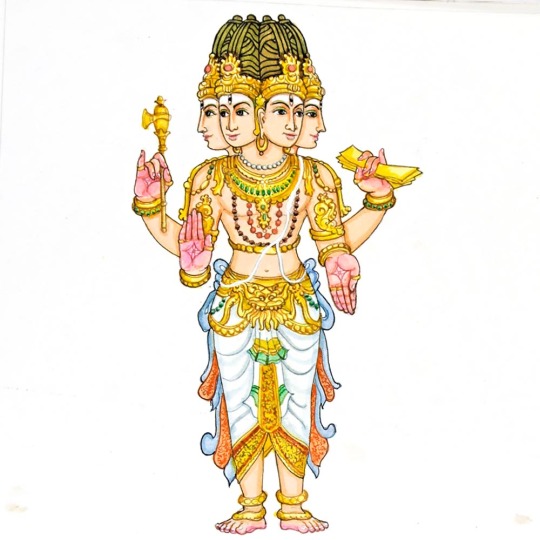
Shiva Tatpurusha by Arumuga Manivelu
26 notes
·
View notes
Photo
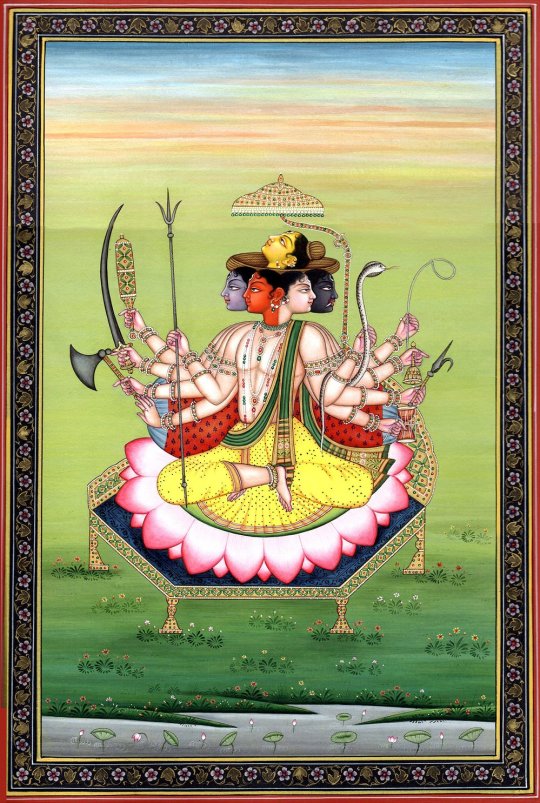
Via Exotic India: Pancha-Mukha Shiva - Water Color Painting on Paper
Artist- Kailash Raj
This miniature, a contemporary masterpiece rendered against a turquoise green background in the late 18th century Kangra art style, represents five-faced form of Lord Shiva usually known in the Shaivite tradition as Sadashiva.
This representation almost exactly pursues the iconographic convention of Shiva’s Pancha-mukha form as it initially evolved in early sculptures which have four of his faces carved on all four sides believed to guard all four directions, and the fifth, above the other four skywards-facing. The representation is simply exotic for in miniature paintings the canvas does not have the stone's multi-dimensionality to portray four directions and to plant a fifth, above them. However, this miniature, reproducing a great masterpiece from Kangra in hill region of late eighteenth century, so manipulates the canvas that it imparts a strong sense of multi-dimensionality.
Corresponding to his five faces Shiva’s anatomy has been conceived with ten arms, all carrying his one attribute or other : the right side hands carrying four – trident, thunderbolt ‘mustaka’ or heavy-blow-beat rod, sword and axe, the fifth being held in protective posture – ‘abhaya’, and the left, snake, noose, bell, goad and ‘damaru’, the double-drum. All five heads have their independent hair but in addition also a large basket-type massive ‘jata-juta’ – matted coiffure, cradling on it the fifth head. Except a snake carried in one of his hands merely as an attribute he has neither his usual elephant hide, tiger skin, serpents crawling on his body, skull-garland or anything revealing his ferocious form. On the contrary, in everything : from the iconography of his form – his large fluid eyes, sharp features, hair-style and the style o ear-ornaments, to his modeling and moonlike translucent body-colour, he reveals a strange feminine look.
Instead of seated on his usual tiger-skin this sublime form of the Great Lord has been conceived as seated on a large double lotus installed on a beautifully inlaid hexagonal chowki in cross-legged posture wearing a delicately printed ‘antariya’ – lower wear, reflecting a sari’s look. The figure reveals great benignity and rare divinity. The chowki, enshrining his figure, besides embedded with precious stones, has a high back and an umbrella canopying over Lord Shiva’s form, though like the entire Creation it also falls short of his expanse. A large bolster in maroon-red affording pleasant contrast to his figure’s pearls-like translucent white and his yellow ‘antariya’ is, like the lotus-seat, an element not usually represented in Shaivite iconography. In exact miniature tradition all five faces are in profile. The absence of his mount bull is noticeable. The form of his third eye has been conceived like an ornamental mark on the forehead, not like a feature that awed by its strange grotesqueness.
In Shaivite thought, Shiva is one of the Gods-Trio but also the ever present Sadashiva. The Pancha-mukha cult has broadly two lines, though both accept that it is the manifest form of Sadashiva – the ever present Shiva. Under one tradition, it is in his ‘ling’ form that Shiva has his five faces and that it is the ‘ling’ which is his ultimate manifestation. The ‘ling’ is the ‘jyoti’ – the potential flame, which represents ‘pancha-bhutas’ – the five cosmic elements or constituents of the cosmos. Thus, it is out of him that the cosmos is born. The other tradition is not much different. It conceives Shiva as Ishan, or as ‘Panchavaktramatrinetram’, that is, Shiva combines in him Tatpurusha, Vamadeva, Aghora, Sadyojata and Ishan, representing respectively the wind, the water, the fire, creative function, and the space. Thus again Shiva's five heads manifest the five cosmic elements and functions.
This description by Prof. P.C. Jain and Dr. Daljeet. Prof. Jain specializes on the aesthetics of literature and is the author of numerous books on Indian art and culture. Dr. Daljeet is the curator of the Miniature Painting Gallery, National Museum, New Delhi. They have both collaborated together on a number of books.
Exotic India: Pancha-Mukha Shiva - Water Color Painting on Paper
Artist- Kailash Raj
2 notes
·
View notes
Photo
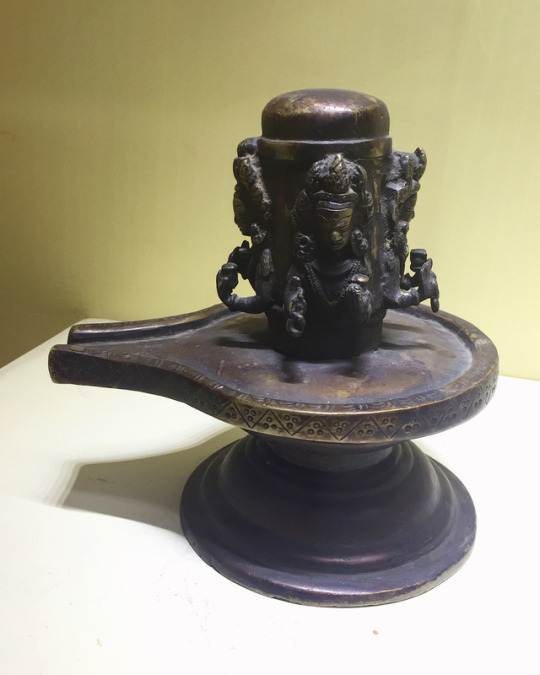
Chaturmukha Linga 18th Century AD Shiva Linga with four faces facing four directions. The faces represented on the Linga are Vamadeva, Tatpurusha, Aghora and Sadyojata. They are holding kundika and pasa in their hands. The pedestal is shaped like an inverted cup. The exterior face of the Panavata is decorated with geometric design. #Contemporary #SivaLinga #Phallus #Gods #GodsOfIndia #Hindu #Hinduism #HinduMythology #ChaturmukhaLinga #ShivaTheDestroyer #Lingam #Bronze #BronzeCasting #StateArchaeologicalMuseum #MuseumsOfIndia #Hyderabad #HyderabadDiaries #HyderabadJournal #Telangana #India #Wanderer #Wanderlust #Travel #Travelogue #TravelDiaries (at State Archaeological Museum, Hyderabad)
#godsofindia#hyderabadjournal#hindu#statearchaeologicalmuseum#lingam#travelogue#chaturmukhalinga#india#contemporary#hyderabad#wanderer#bronze#telangana#gods#wanderlust#museumsofindia#sivalinga#hyderabaddiaries#shivathedestroyer#bronzecasting#travel#hindumythology#traveldiaries#hinduism#phallus
40 notes
·
View notes
Photo

2022年2月6日 生活片段中的極樂狂喜~ (AGAMIC BLISS Byte of the Day)~ 《阿戈玛经》中,提到几种沐浴方式,其中,一种沐浴方式涉及接触牛脚上的尘土。 कुर्यात्गोकुलसंचार पुरुषेणैव मन्त्रेण स्नानानां kuryāt gokulasaṃcāra dhūlibirvāyusambhavaiḥ | puruṣeṇaiva mantreṇa snānānāṃ uttamottamam || 一个人应该走在移动的奶牛后面,一边唸诵 塔普如沙(tatpurusha)真言,一边“沐浴”在风从奶牛脚上吹来的尘土中; ओम् हेम् तत्पुरुषवक्त्राय नमः om hem tatpuruṣavaktrāya namaḥ 这种沐浴方式是属于最好的。 ——《阿戈玛经》第3章,第104 节 凯拉萨根据《吠陀-阿戈玛经》原则和印度圣典运作,按照帕冉玛希瓦的指示復興其行為準則部分(caryapada)和靈修部分(kriyapada)。 ~尼希亚南达翻译小组 原文链接:https://www.facebook.com/ParamahamsaNithyananda/posts/502220004604169 #凯拉薩 #ParamashivohamLevel3 #SHRIKAILASA #尼希亞南達 #吠陀 #财富 #Nithyananda https://www.instagram.com/p/CZtpr9ePQ9Y/?utm_medium=tumblr
0 notes
Text
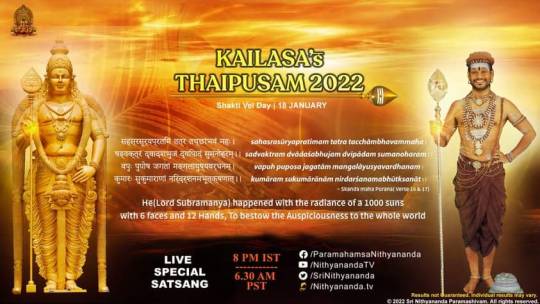
Thaipusam Celebrations
18th JANUARY 2022
4 PM IST / 10:30 AM GMT - Rathotsavam
8 PM IST / 2:30 PM GMT - Special live satsang
TODAY IS THE MOST AUSPICIOUS. THAIPOOSAM DAY FOR ALL SHAIVITES - THE TRADITION OF KAUMARA SADHANA - WORSHIPPING KUMARA (SUBRAMANYA). SUBRAMANYA WAS RELEASED FROM PARAMASHIVA’S THIRD EYE FROM ALL HIS SIX FACES (SADYOJATA VAMADEVA, AGHORA, TATPURUSHA, ISHANA AND THE UNMANIFEST SIXTH FACE) - AS SIX BIO ENERGY BODIES, ON VAIKASHI VISHAKAM DAY. BUT IT WAS ON THIS DAY - THAIPOOSAM DAY - THAT PARASHAKTI INTEGRATED ALL THE SIX BODIES OF SUBRAMANYA, ADDED HER OWN BIOMEMORY TO HIM AND MANIFESTED SUBRAMANYA AND GAVE HIM HER OWN VEL (SPEAR) AS HER OWN ENERGY TO DESTROY ALL THE DEMONIC FORCES, RAKSHASAS, ASURAS
- SPH Nithyananda Paramashivam , 8 feb 2020
0 notes
Text
Samas Ke Kitne Bhed Hote Hain In Hindi
Samaas is a term used in Sanskrit and Hindi grammar to refer to compound words formed by combining two or more words. There are four main types of """"samaas"""" based on their structure and the relationship between the constituent words. These are:
Tatpurusha Samaas: In this type of compound, one word qualifies or describes the other.
0 notes
Photo

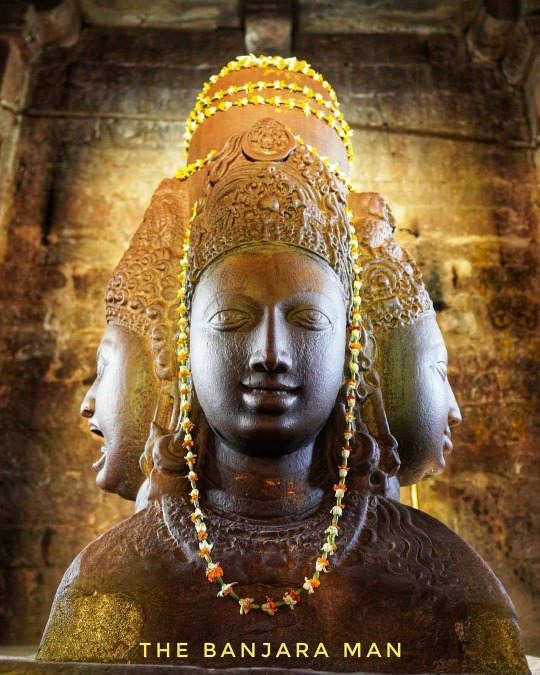
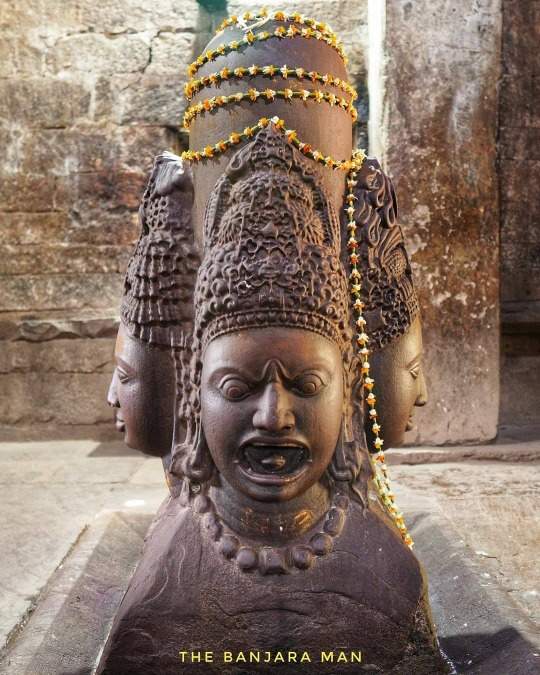
Chaumukhnath Lingam
Chaumukhnath temple in Nachna Village, Kachhgawan, Madhya Pradesh.
The faces of the mukhalinga represent the Panchamukha aspects of Shiva iconography, where Tatpurusha, Aghora (Bhairava, Rudra), Vamadeva and Sadyojata face the four cardinal directions, while Ishana the fifth is beyond space, all directions and time as the formless absolute in Hindu theology.
Stella Kramrisch dates the linga inside this temple to the 8th century.
(via Instagram: The Banjara Man @thebanjaraman)
61 notes
·
View notes